Four tiny electric motors offer a space-saving take on modern urban transport
This quartet of ultra-compact city cars prove that big is definitely not better when it comes to last mile, last minute short haul travel in a built up area

Admittedly, ultra-small EVs are usually best suited to the narrow, low speed, high density streets of urban Europe, or the low stakes surroundings of a beach resort. That said, it’s proved surprisingly hard to create a universally popular two-seater for today’s traffic conditions.
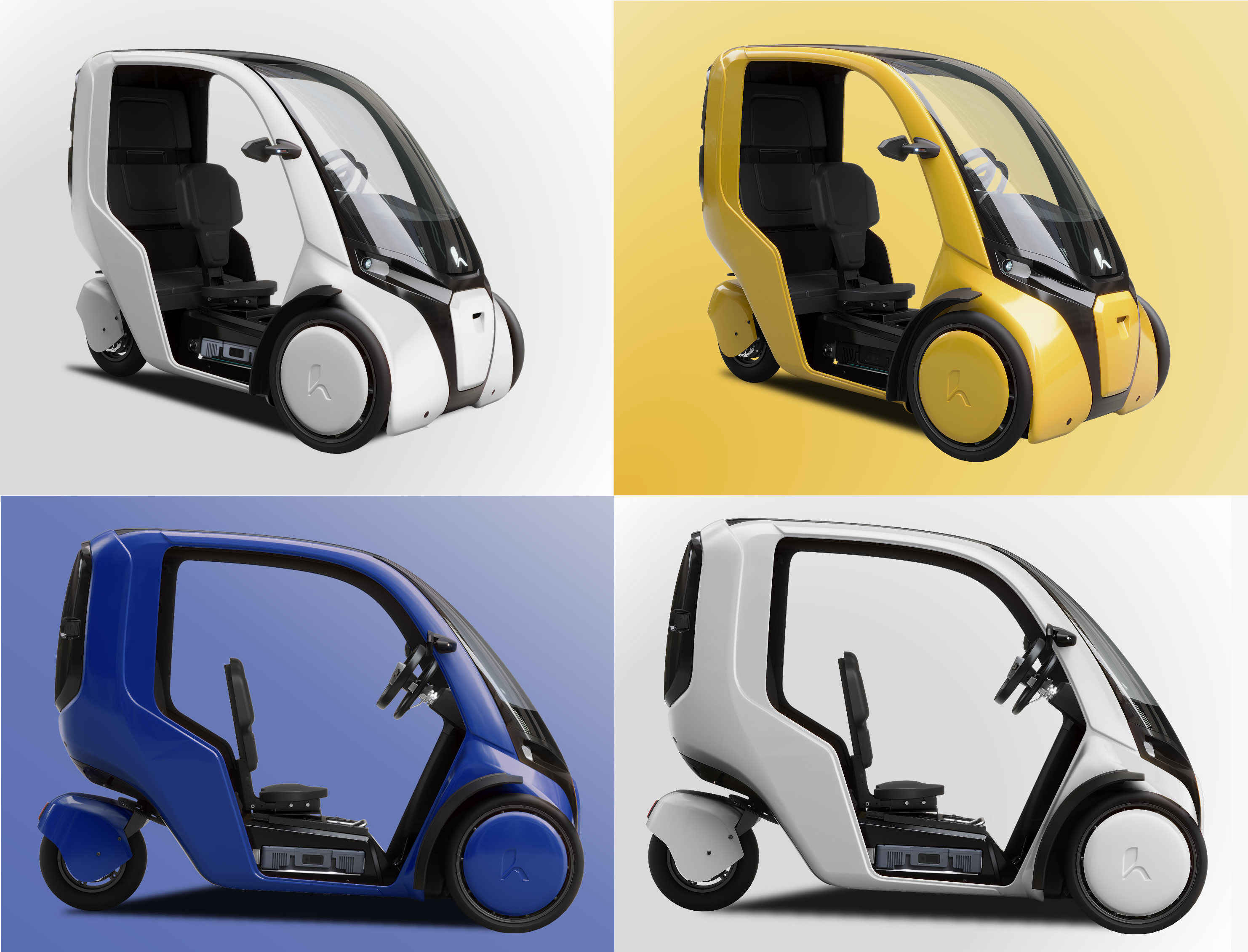
Hopper by Hopper Mobility
The road to micro motoring heaven is scattered with the rusting hulks of failure. For a start, bigger cars mean bigger profits, and throw in the psychological benefits of surrounding oneself with more metal in an increasingly combative driving environment and you can start to see why it’s so hard to make the microcar happen.
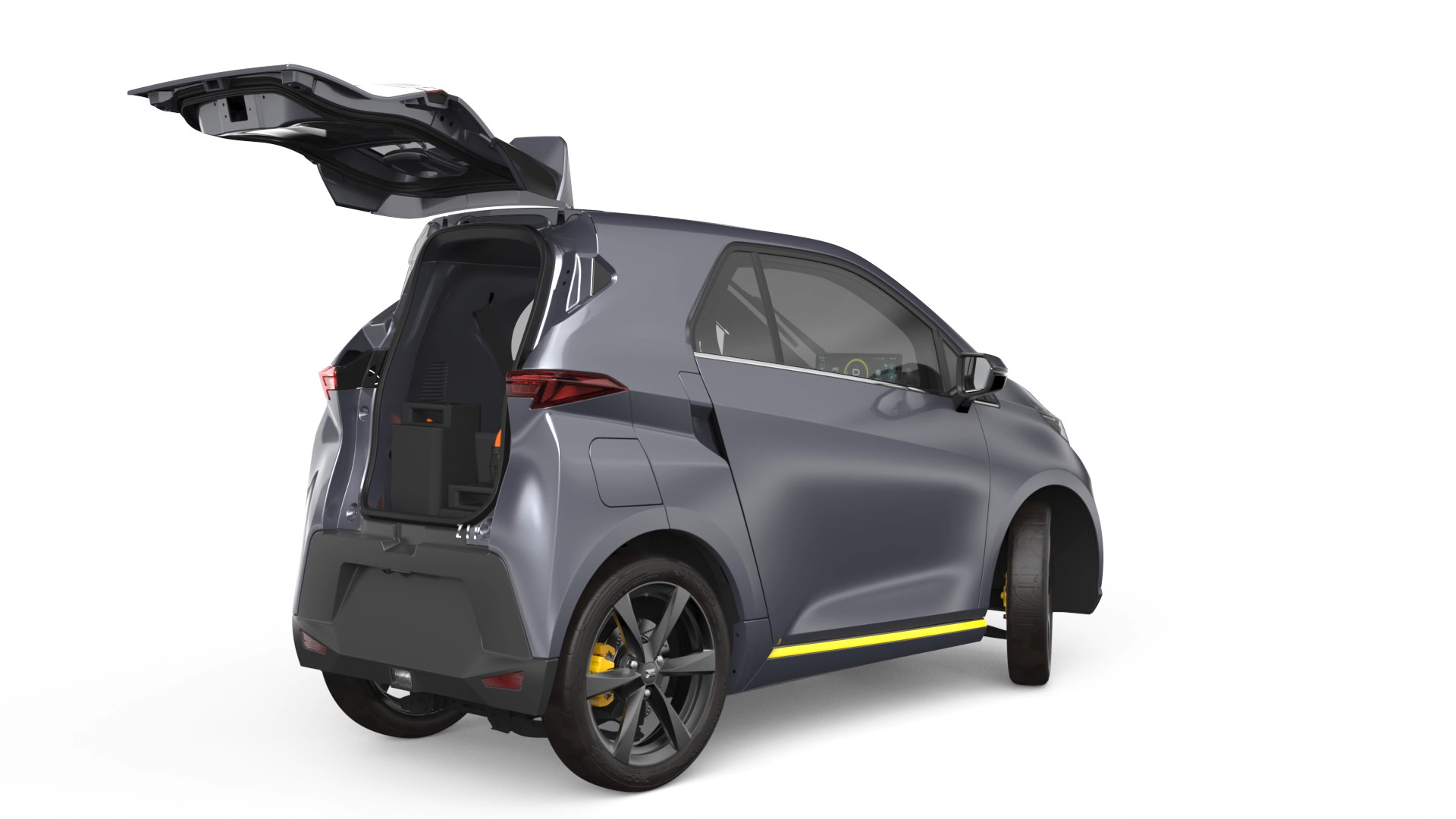
SWAPA Zip microcar
That doesn’t seem to stop people from trying, despite the motoring landscape being littered with literal ruins of past attempts; the Arizona scrapyard filled with ElectraMeccanica’s Solo EV, for example, or the eerie Chinese EV graveyards are grisly examples of good intentions gone bad.

Topolino by Garavini Torino
However, we don’t want to give up hope. Here are four new tiny cars that take a fresh approach on the high-spec, small scale city machine.
Microlino Lite
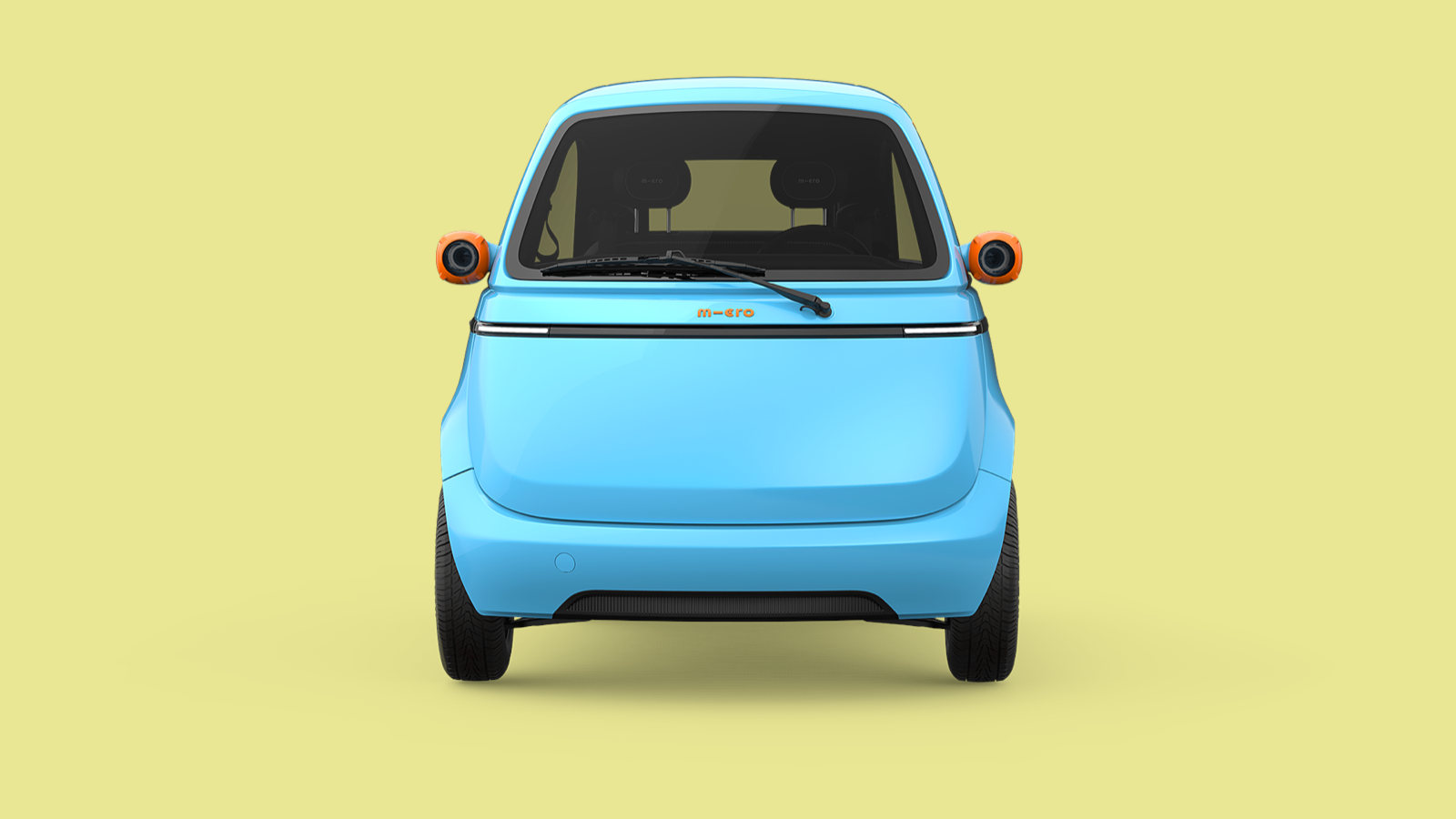
Microlino Lite
We’ve already raved about the diminutive Microlino, one of a new breed of compact EVs that draws upon the form of past microcars. Now the Swiss company is also offering a Microlino Lite, which falls into the same light quadricycles (L6e) EU classification as the original Ami.
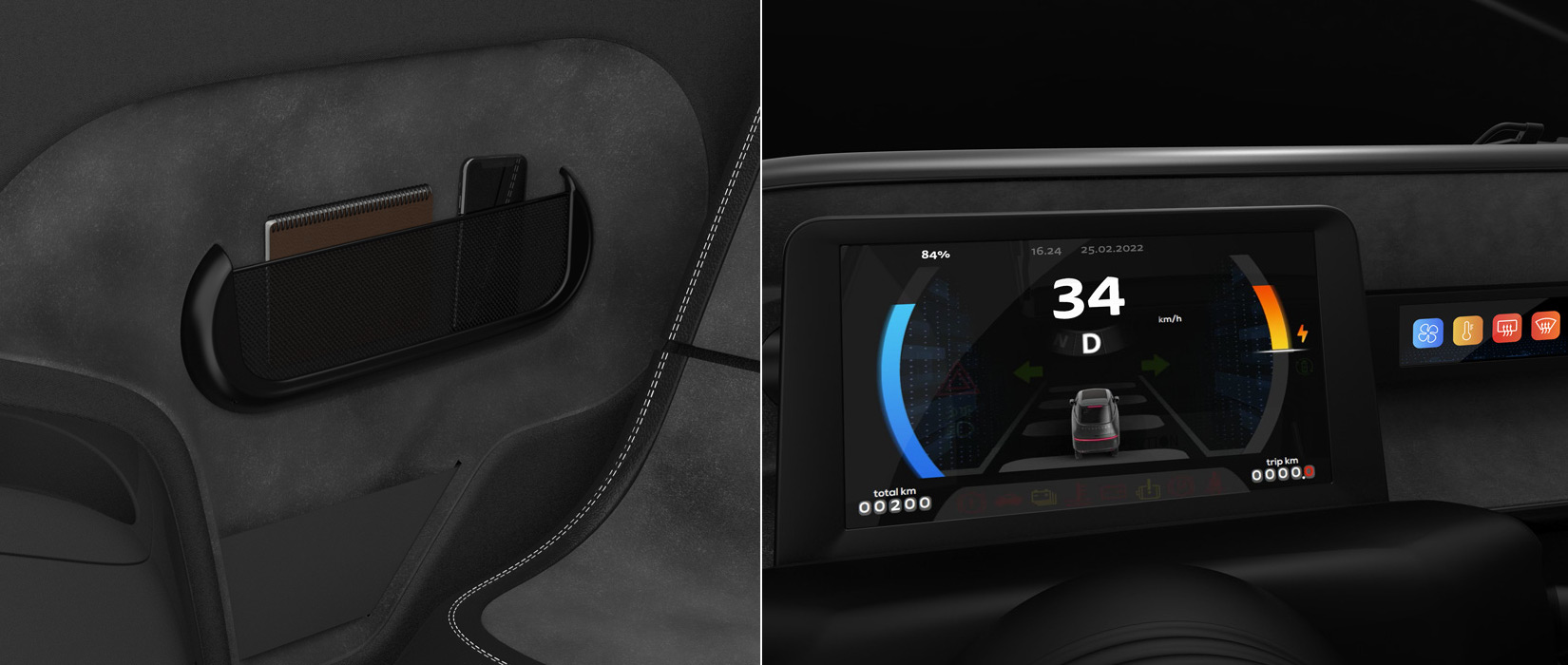
Microlino Lite
With a speed limit of 45km/h (versus the 90 km/h of the standard model) it means that it can be driven by 14 year olds in France and Italy and 15-year-olds in Sweden, Germany, Austria and Spain. The four-wheel layout shares the same spacious two-seater cabin with generous (for the size) luggage space, and most importantly of all, a range of 200km.

Microlino Lite
Microlino Lite, information from Microlino-Car.com, @Microlino_Official
Wallpaper* Newsletter
Receive our daily digest of inspiration, escapism and design stories from around the world direct to your inbox.
Topolino by Garavini Torino

Topolino by Garavini Torino
This is yet another take on the popular Citroën Ami platform. Following Fiat’s own Topolino re-badging exercise and Castagna Milano’s Spiaggina beach car version, now it’s the turn of Garavini Torino.
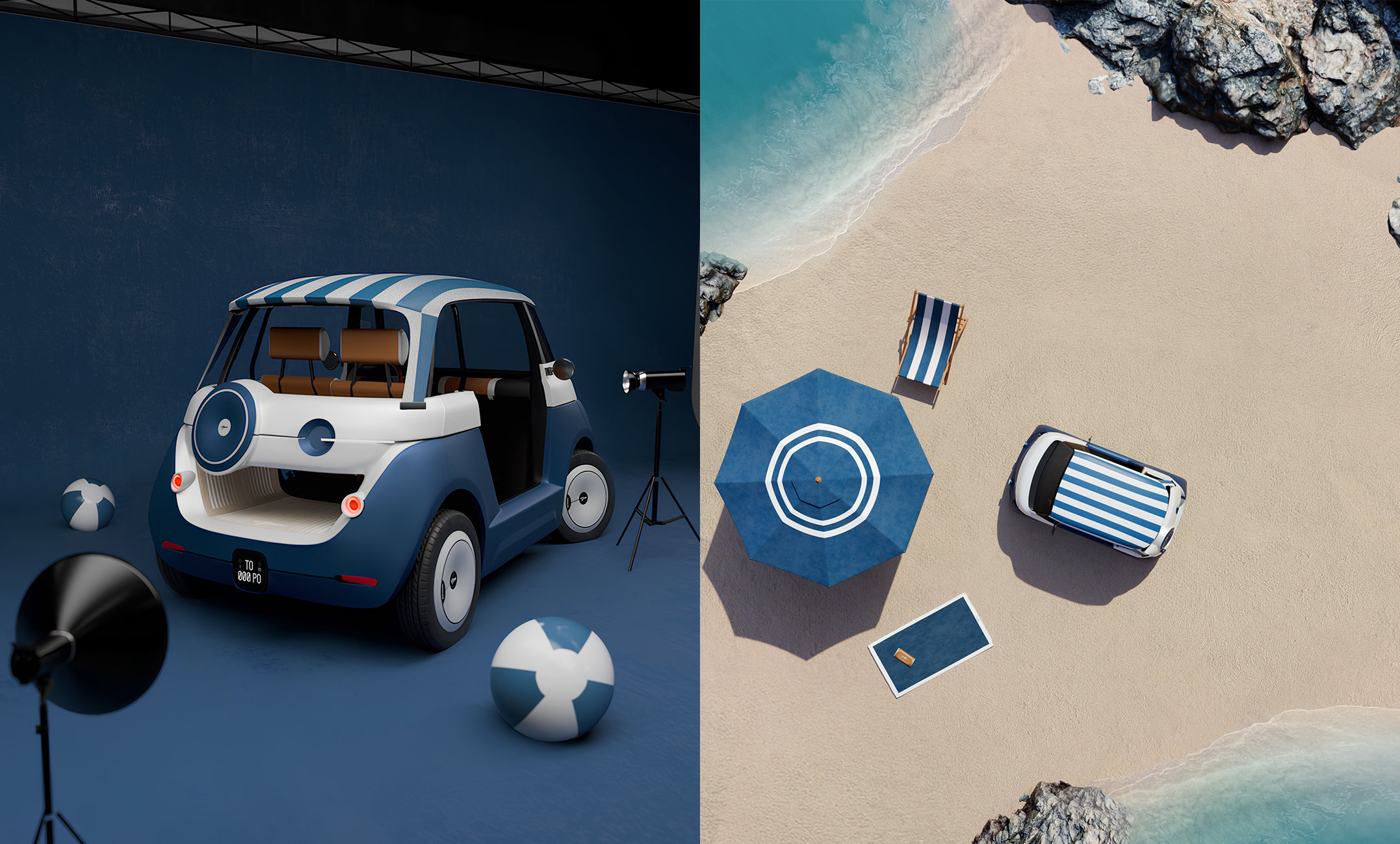
Topolino by Garavini Torino
The re-born Turinese coachbuilder hopes to snare a new generation of customers with this clean-looking concept for a two-seater EV with bags of retro-infused character. The company hopes to build ten highly bespoke examples.
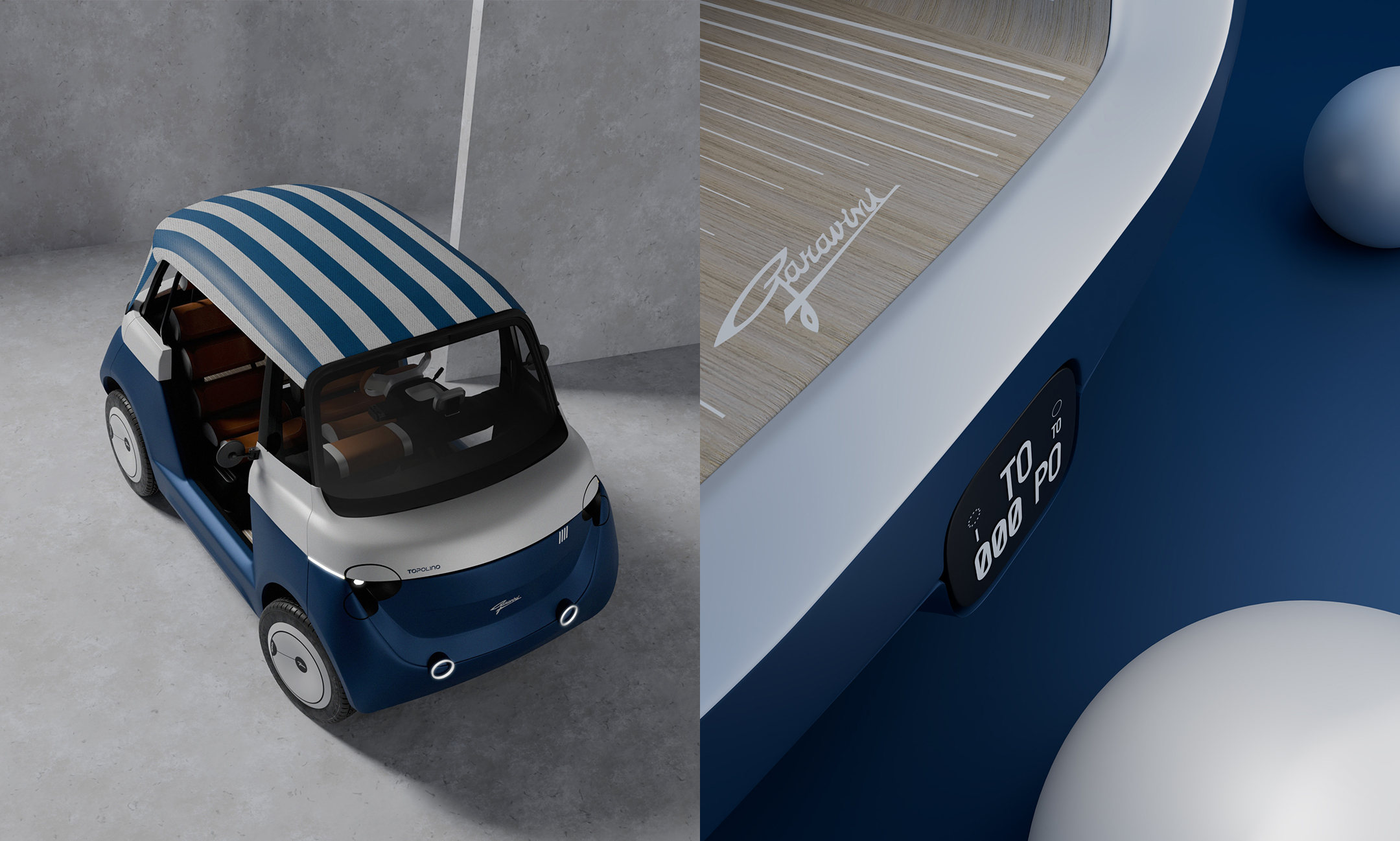
Topolino by Garavini Torino
Topolino by Garavini, from €45,000 (plus taxes and donor car), Garavinitorino.it, @Garavinitorino
Hopper Mobility Microcar
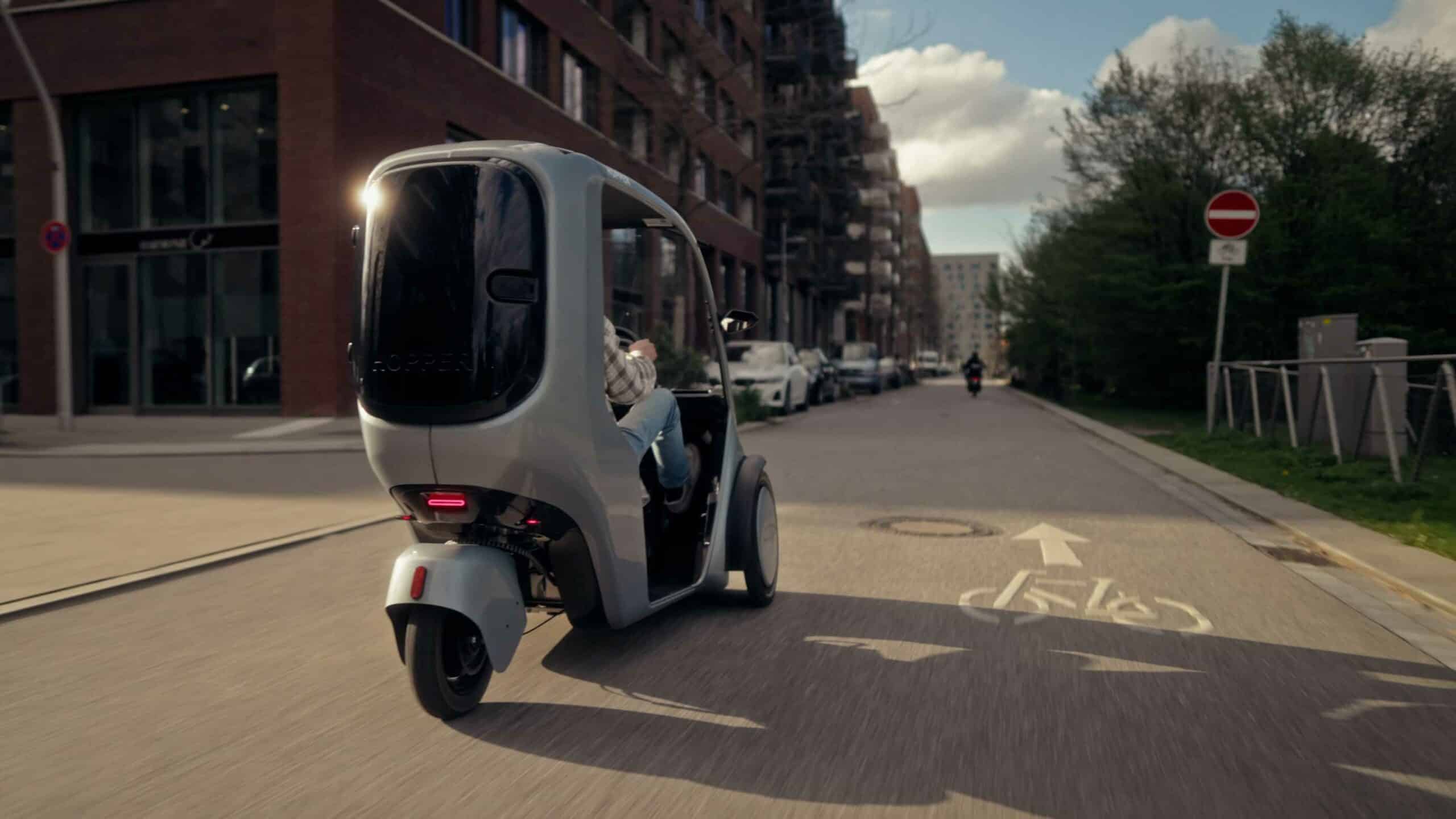
Hopper microcar
German start-up Hopper Mobility are hoping their tandem-seater three-wheeler will capture audiences seeking a tiny machine for weaving in and out of dense city traffic. Available as both a single-seater cargo version and a regular two-seater, the 2m-long Hopper has up to 40 miles of range and a pedal-assisted drivetrain with a maximum speed of 25 km/h.
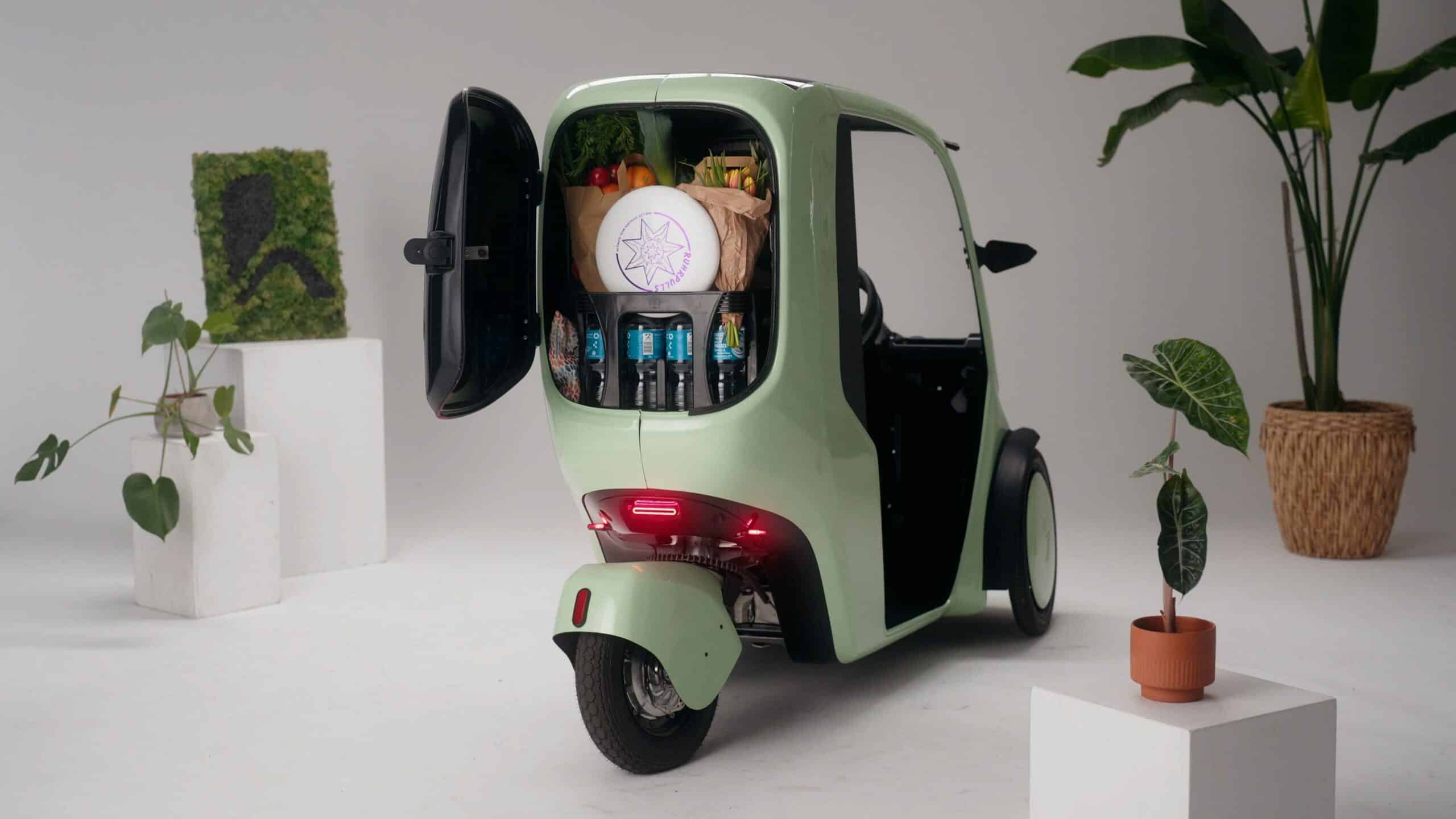
Hopper microcar
These qualities easily keep the vehicle in the legal class below cars, which also allows it to use cycle paths. The battery can be removed and charged at your desk, and mirrors, LED lights and a conventional steering wheel give a car-like driving experience. There’s even a lockable boot and the option of a solar roof for an additional charging boost. Side doors aren’t yet available although the company is looking into making them a future option.
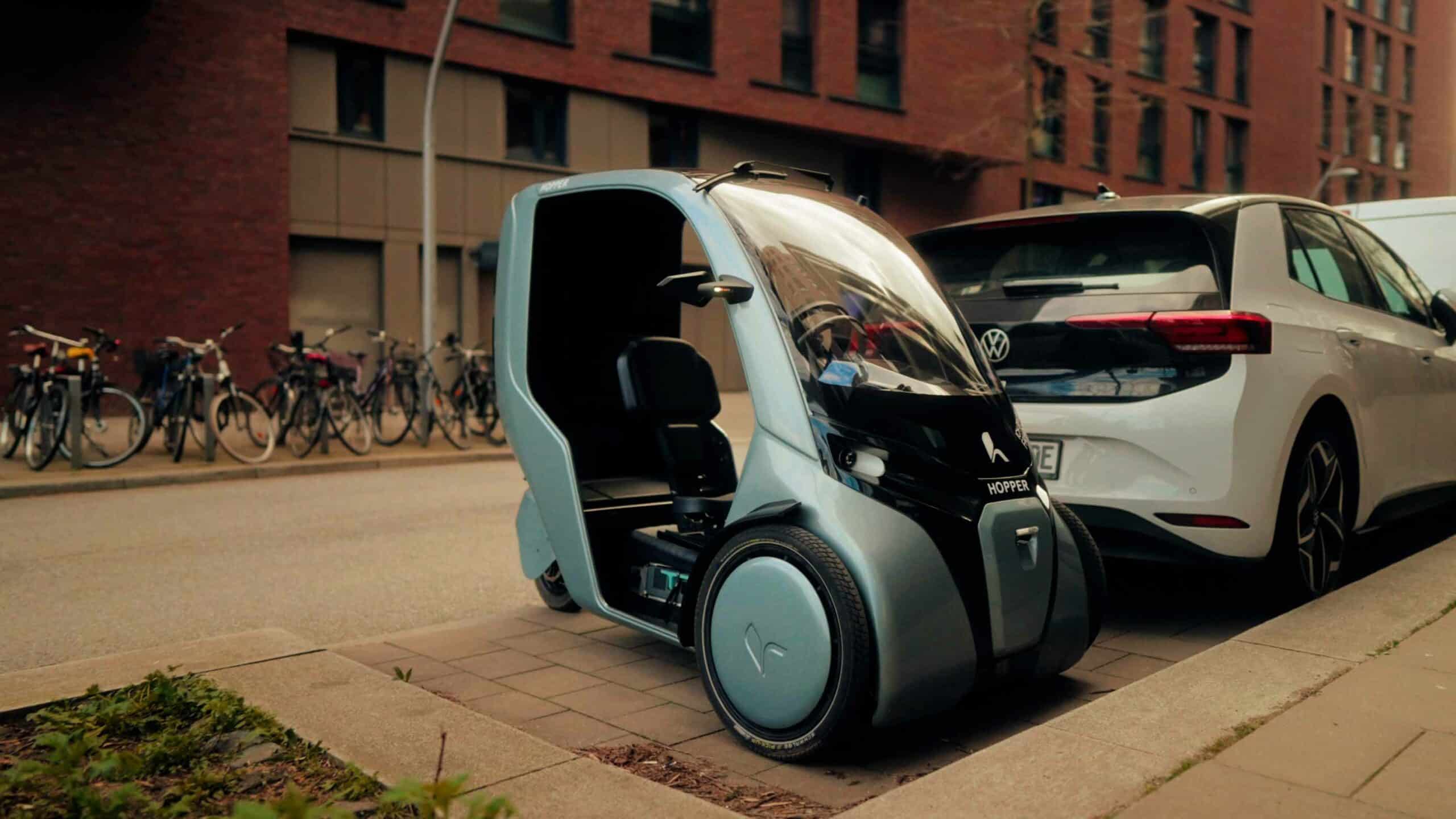
Hopper microcar
Hopper, from €13,500, Hopper-Mobility.com, @HopperMobility
Swapa Zip Microcar
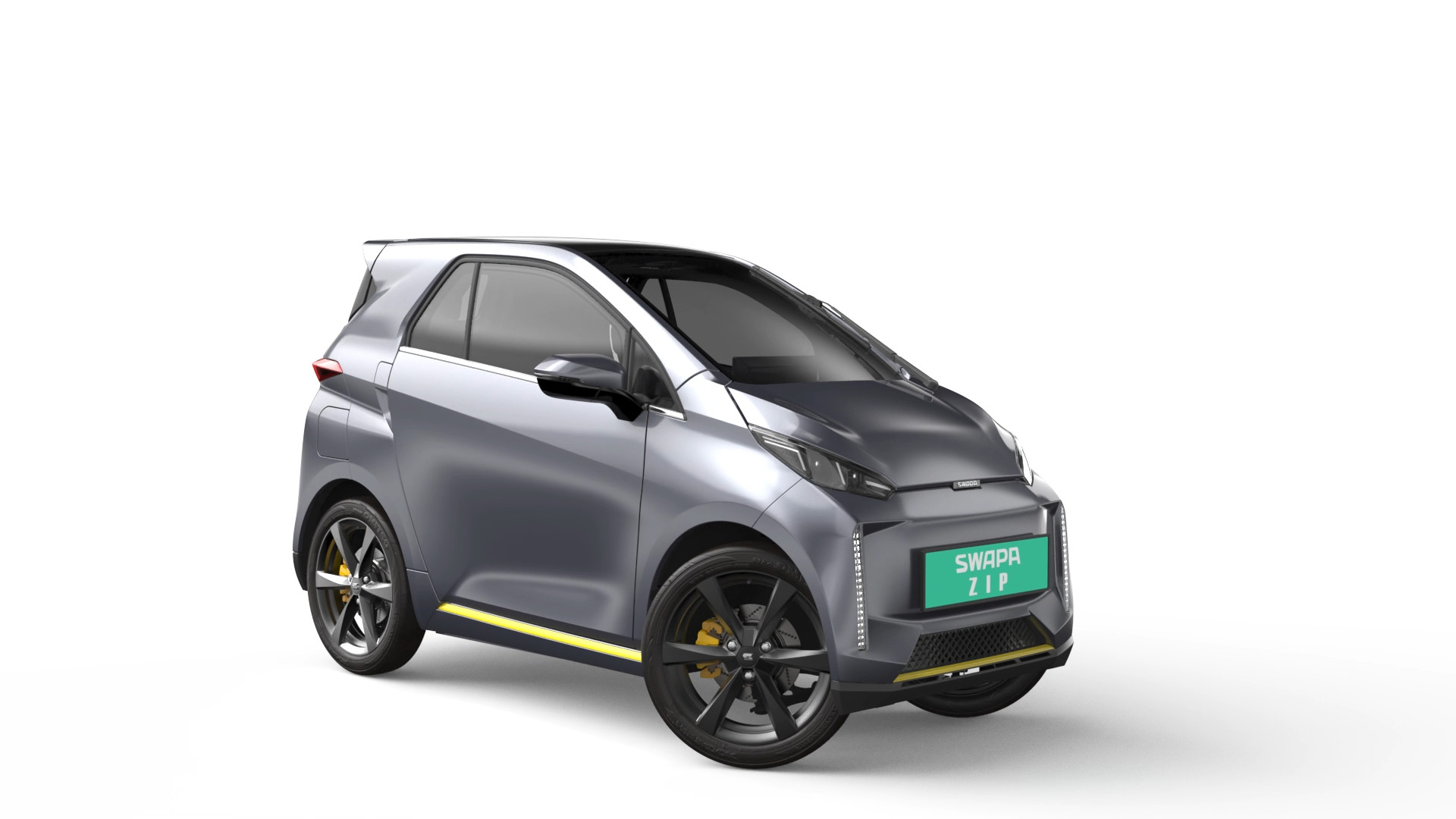
SWAPA Zip microcar
Tall and narrow, the Swapa Zip compresses a number of car-like features into a tiny amount of space, with a steel structure, composite panels, regular doors and opening windows, and a two-seater tandem interior that has a 12.3” touchscreen dashboard and even air conditioning. Limited to 45km/h so it sneaks into the L6e classification, the Zip is just over 2.5m long and a metre wide, not counting the door mirrors.

SWAPA Zip microcar
A particularly neat function are the rear-mounted buttons that allow you to move the car forwards and backwards so it can be squeezed into even the tightest of spaces. Headquartered in Singapore with a sales network based in Milan, the Zip has a range of 100km and is due to go on sale this year.
Swapa Zip, more details at Swapaglobal.com, @Swapamobility
Jonathan Bell has written for Wallpaper* magazine since 1999, covering everything from architecture and transport design to books, tech and graphic design. He is now the magazine’s Transport and Technology Editor. Jonathan has written and edited 15 books, including Concept Car Design, 21st Century House, and The New Modern House. He is also the host of Wallpaper’s first podcast.
-
 Tokyo design studio We+ transforms microalgae into colours
Tokyo design studio We+ transforms microalgae into coloursCould microalgae be the sustainable pigment of the future? A Japanese research project investigates
By Danielle Demetriou
-
 What to see at London Craft Week 2025
What to see at London Craft Week 2025With London Craft Week just around the corner, Wallpaper* rounds up the must-see moments from this year’s programme
By Francesca Perry
-
 The Audemars Piguet Royal Oak Perpetual Calendar watch solves an age-old watchmaking problem
The Audemars Piguet Royal Oak Perpetual Calendar watch solves an age-old watchmaking problemThis new watch may be highly technical, but it is refreshingly usable
By James Gurney
-
 Our pick of the reveals at the 2025 New York Auto Show, from concept SUVs to new EVs
Our pick of the reveals at the 2025 New York Auto Show, from concept SUVs to new EVsInterest in overseas brands remained strong at this year’s NY Auto Show despite the threat of tariffs designed to boost American-owned brands
By Shawn Adams
-
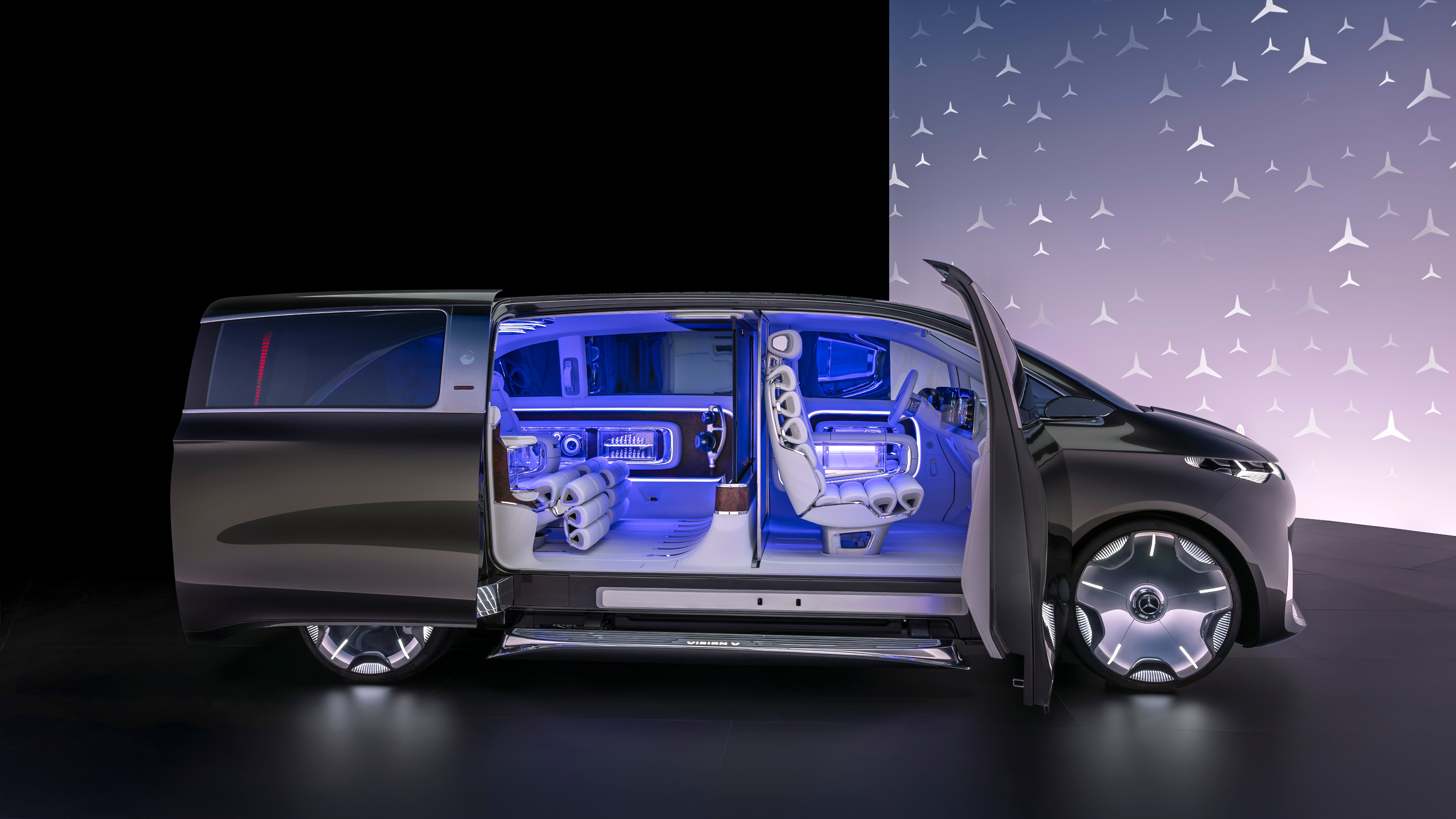 Mercedes-Benz previews its next-gen people mover with an ultra-luxury EV concept
Mercedes-Benz previews its next-gen people mover with an ultra-luxury EV conceptThe Mercedes-Benz Vision V Concept is an art deco picture palace on wheels, designed to immerse passengers in parallel worlds as they travel
By Jonathan Bell
-
 2025 Seoul Mobility Show report: all that's new and notable
2025 Seoul Mobility Show report: all that's new and notableOpened at a time of high national drama, the 2025 Seoul Mobility Show has gone on to underscore Korea’s place at the cutting edge of the auto industry. Guy Bird was there
By Guy Bird
-
 Meet the final drivable prototype of the Telo MT1 pickup truck, shaped by Fuseproject
Meet the final drivable prototype of the Telo MT1 pickup truck, shaped by FuseprojectThe Telo MT1 is a modestly scaled EV that turns the traditional all-American approach to pick-up truck design on its head
By Jonathan Bell
-
 EV start-up Halcyon transforms a classic 1970s Rolls-Royce into a smooth electric operator
EV start-up Halcyon transforms a classic 1970s Rolls-Royce into a smooth electric operatorThis 1978 Rolls-Royce Corniche is the first fruit of a new electric restomod company, the Surrey-based Halcyon
By Jonathan Bell
-
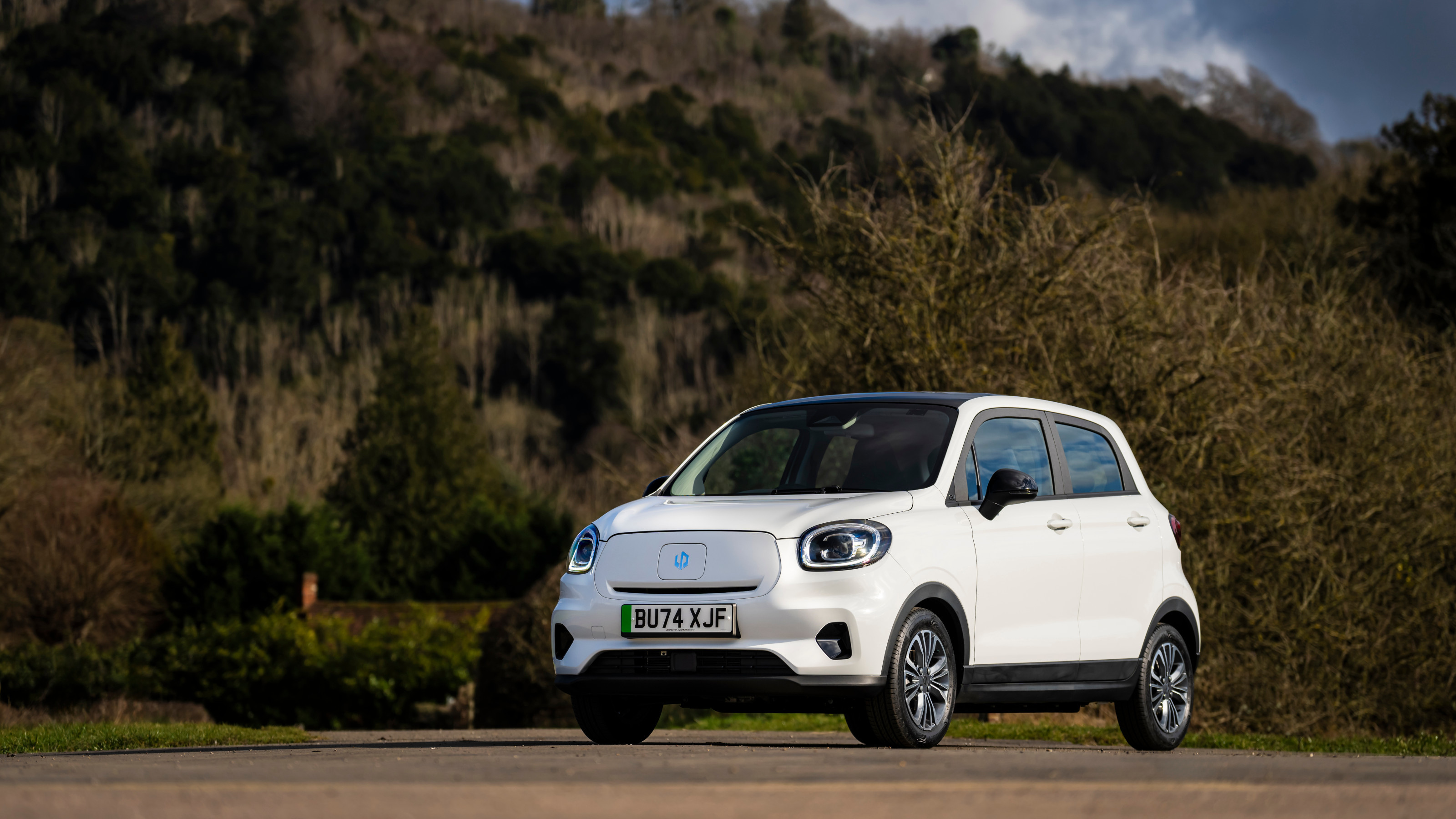 China’s Leapmotor pounces on the European car market with its T03 city car and C10 SUV
China’s Leapmotor pounces on the European car market with its T03 city car and C10 SUVLeapmotor’s tiny electric city car could be just the tonic for cramped urban Europe. We sample the T03 and its new sibling, the fully loaded C10 SUV, to see if the company’s value proposition stacks up
By Jonathan Bell
-
 Wallpaper* takes the wheel of the Bentley Blower Jnr for a rich automotive experience
Wallpaper* takes the wheel of the Bentley Blower Jnr for a rich automotive experienceHedley Studios has shrunk the mighty Bentley Blower into this all-electric, road-legal barnstormer. We take it to the streets of London
By Jonathan Bell
-
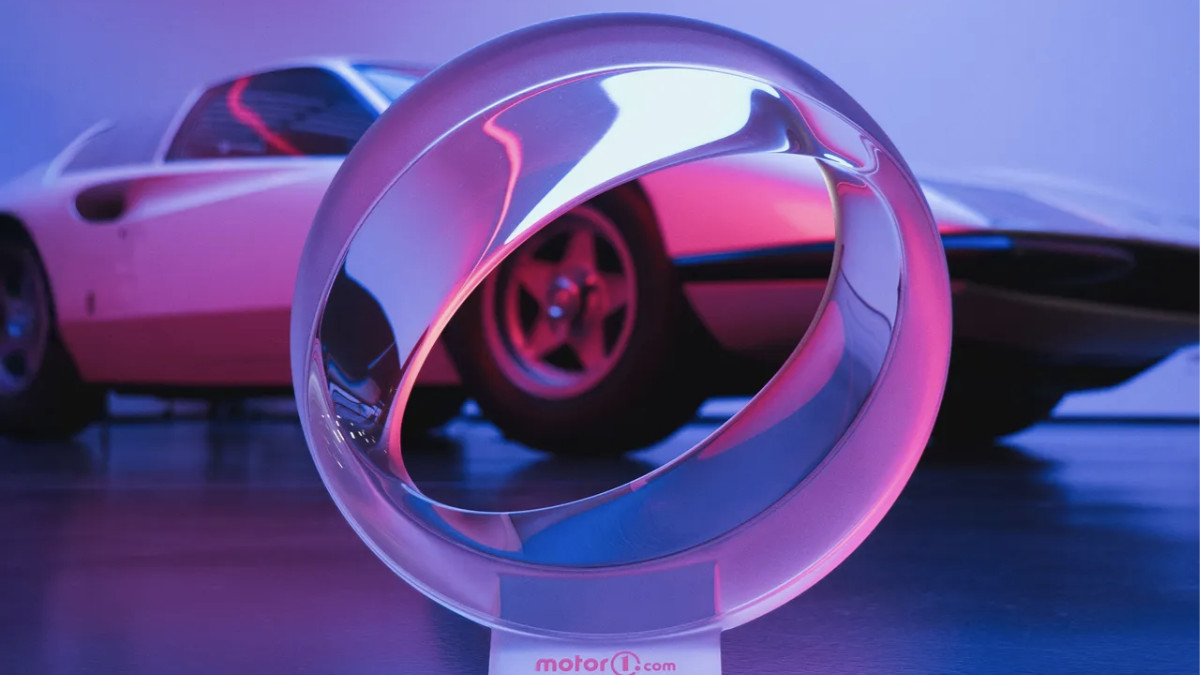 We are the world: Pininfarina’s ‘Orbis’ taps Papal support for an eco-friendly agenda
We are the world: Pininfarina’s ‘Orbis’ taps Papal support for an eco-friendly agendaThe Orbis is a ‘symbolic object’, a gift to Pope Francis from the Italian design agency at a time of political upheaval and social fracture around all aspects of sustainability
By Jonathan Bell